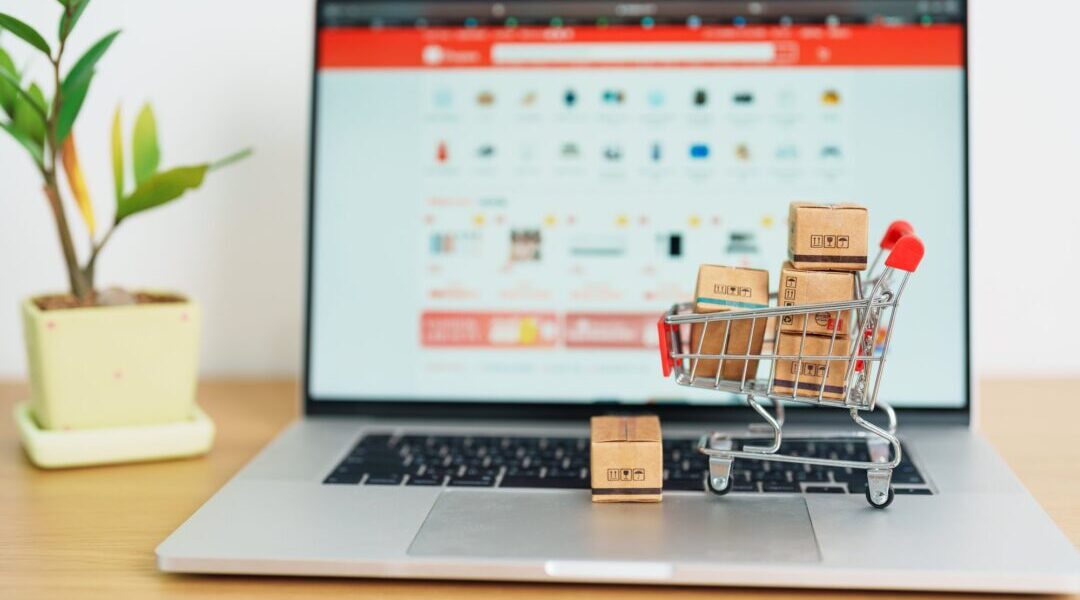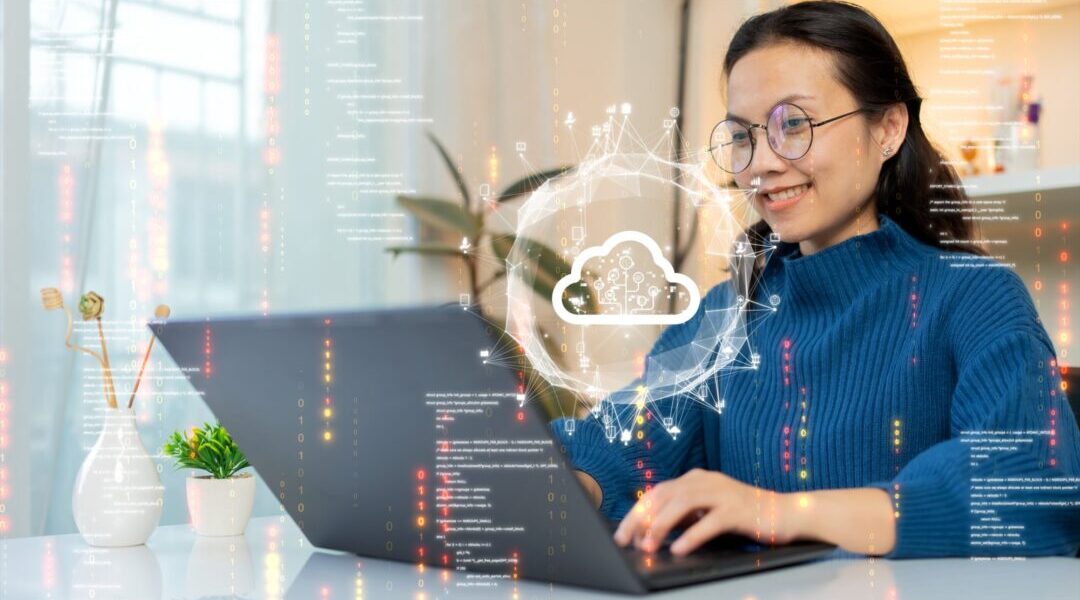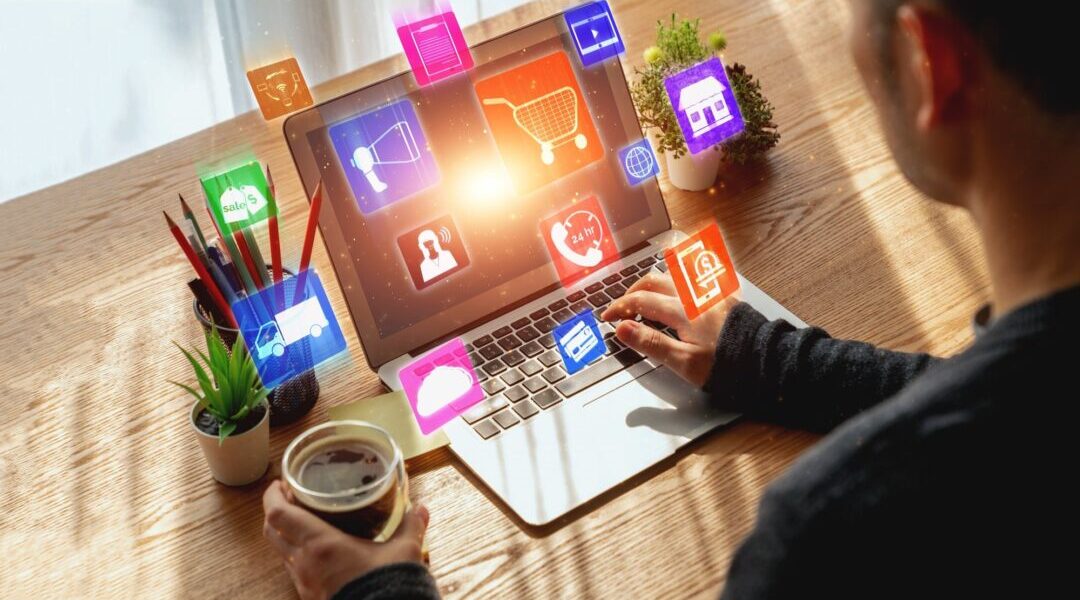The B2B buyer’s journey has changed immensely. The traditional method involved shooting a few emails back and forth. But ultimately, the bulk of the sales process was done in person. That meant physical meetings, with the merchant hoping to push the buyer a little further down the sales funnel each time.
In our world post-COVID-19, many businesses were forced to move operations online. It was the only way for enterprises to survive and even thrive, as many physical stores were locked down and restrictions placed on physical meetings.
While the digital shift may be difficult for B2B merchants, it is just as difficult for B2B buyers.
In this article, we’ll look at the typical B2B buyer’s journey to understand how to align your sales tools with the new processes. We’ll also identify B2B buyers’ pain points and provide smart digital solutions that you can put in place to meet your customers' needs.
Typical B2B Buyer’s Journey
What makes a B2B buyer’s journey unique is that a B2B customer is often more than a single customer. In B2B sales, you are marketing to a whole team or group of individuals, all of whom will have a say in the buying decision. As a result, the decision-making process is slower and more difficult.
There are three core stages in the typical B2B buyer’s journey.
1. Awareness
In the awareness stage, buyers are exploring solutions that might satisfy their needs. According to Sirius Decisions, 67% of the B2B buyer's journey is now done digitally. At this stage, B2B buyers turn to newsletters, emails, blog posts, social media updates, white papers, and other digital data that help them get a better understanding of a merchant’s brand offerings.

The availability of high-quality information through digital platforms has made it much easier for buyers to collect information independently. This implies that sellers have less access and much fewer opportunities to influence B2B buying decisions.
2. Consideration
After the awareness stage, the B2B buyer streamlines their options and compares products/services. They turn to case studies, reviews and testimonials, webinars, and video demonstrations that provide insight into a brand’s legacy or reputation.
At this point, no contact has been made with a sales rep. According to Gartner's B2B buyer research, when B2B buyers are considering a purchase, they spend just 17% of their time meeting with prospective suppliers. When buyers compare different vendors, the amount of time spent with a sales rep can be as little as 5% to 6%.
Seventy percent of B2B buyers fully define their needs on their own before engaging with a sales representative. Forty-four percent identify specific solutions before reaching out to a seller.
3. Decision
This is the final stage where the potential buyer picks which merchant to patronize and which product or service to purchase. The goal is to ensure that you are that merchant. However, many B2B purchases rarely follow this sort of consistent, linear trend.
So, what do B2B buyers want? How do they really think?
The Gartner report lists six jobs, along with their thought process, that B2B buyers have to do simultaneously to reach a decision:
- Identifying the issue: “Something must be done.”
- Investigating potential solutions: “Is there something out there that can help us fix our problem?”
- Creating requirements: “What precisely do we need the purchase to accomplish?”
- Choosing a supplier: “Does this accomplish what we want it to do?”
- Validation: “We believe we have the correct response, but we need to double-check.”
- Forming a consensus: “We need everybody to come on board.”
Now that we have a concrete image of how B2B buyers arrive at decisions to finalize purchases, let’s look at the impact of the COVID-19 pandemic on the B2B buying journey.
Changes in B2B Buyers’ Behaviors Due to COVID-19

A 2020 study of B2B buyers by Wunderman Thompson Commerce revealed that online B2B buying had increased by 22% over 2019. Two hundred respondents reported making 48% of their B2B purchases online—up by 10% from before the COVID-19 outbreak began.
Up to 80% of the respondents confirmed that they were no longer going through sales reps when they wanted to make a purchase. Sixty-seven percent of the survey respondents said they consult suppliers’ online portals for this channel, up from 58% before the pandemic.
All the numbers make one thing evident: businesses must invest in building digital sales tools and optimize them to speak for their brand in the new market.
Let’s look at how.
Understanding the B2B Buyer’s Journey: What You Can Do to Get Ahead
Considering the B2B buying process, how can you optimize your business to meet a B2B buyer’s needs? Here are some things you can do:
1. Optimize Digital Channels With Relevant Information
Convenience and quality purchases are powered by information. From the process we have charted above, it is evident that B2B buyers appreciate vendors who make the purchasing process simpler for them.
Buyers who viewed the vendor-provided information as useful in their purchase process were 2.8 times more likely to enjoy a high degree of purchase ease and three times more likely to buy a bigger product with less disappointment.
Put yourself in the buyers’ shoes and envision questions that they may have. Emphasize why you’re the best at what you do and back it up with testimonials from satisfied clients that think so too. As you grow your business and connect with more customers, you’ll discover more pain points that they have with your sales process. These insights are valuable in optimizing your buyer’s journey to retain existing clients and attract new ones.
2. Automate, Automate, Automate!
As we mentioned earlier, online B2B buyers rarely contact the supplier until they’re decided. That’s why it is important to incorporate automated support tools that help them with the awareness and consideration stage. You can program chatbots to answer FAQs. Then keep a human sales rep handy on live chat for customers who have specific questions.
To get all of this right, it is important to have professional help set up your digital sales process. That’s where we come in.
At Zobrist, Inc., we provide enterprise-level eCommerce storefronts, develop mobile commerce apps and manage services for clients looking to generate $100 million or more in online sales. Zobrist will assist you in connecting with your target audience by providing a mobile, interactive, and fast-loading website complete with personalized content as well as business resources for managing your back-end operations. Among the integrations we have are different payment methods, multiple languages, and upsell deals.
Our integrated technologies allow businesses to build and expand their digital commerce footprint, compete for global market share, and increase sales. The secret is automation: instead of handling repetitive transactions, reps can manage relationships with their clients.
Conclusion
The B2B buyer’s journey is hard enough. Don't make it harder by not utilizing your digital tools efficiently. The whole process is done mostly without the supplier present through digital means. The B2B buying journey has changed, and your sales strategy must too.
Are your tools working for you or against you? Contact us today if you need help with optimizing your digital tools for B2B eCommerce success.




